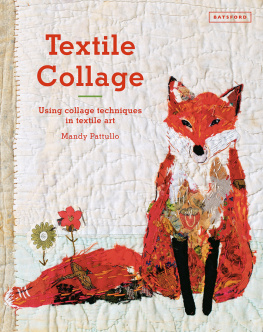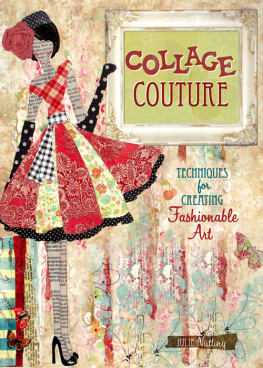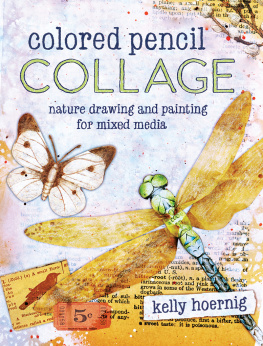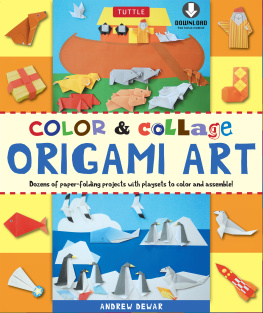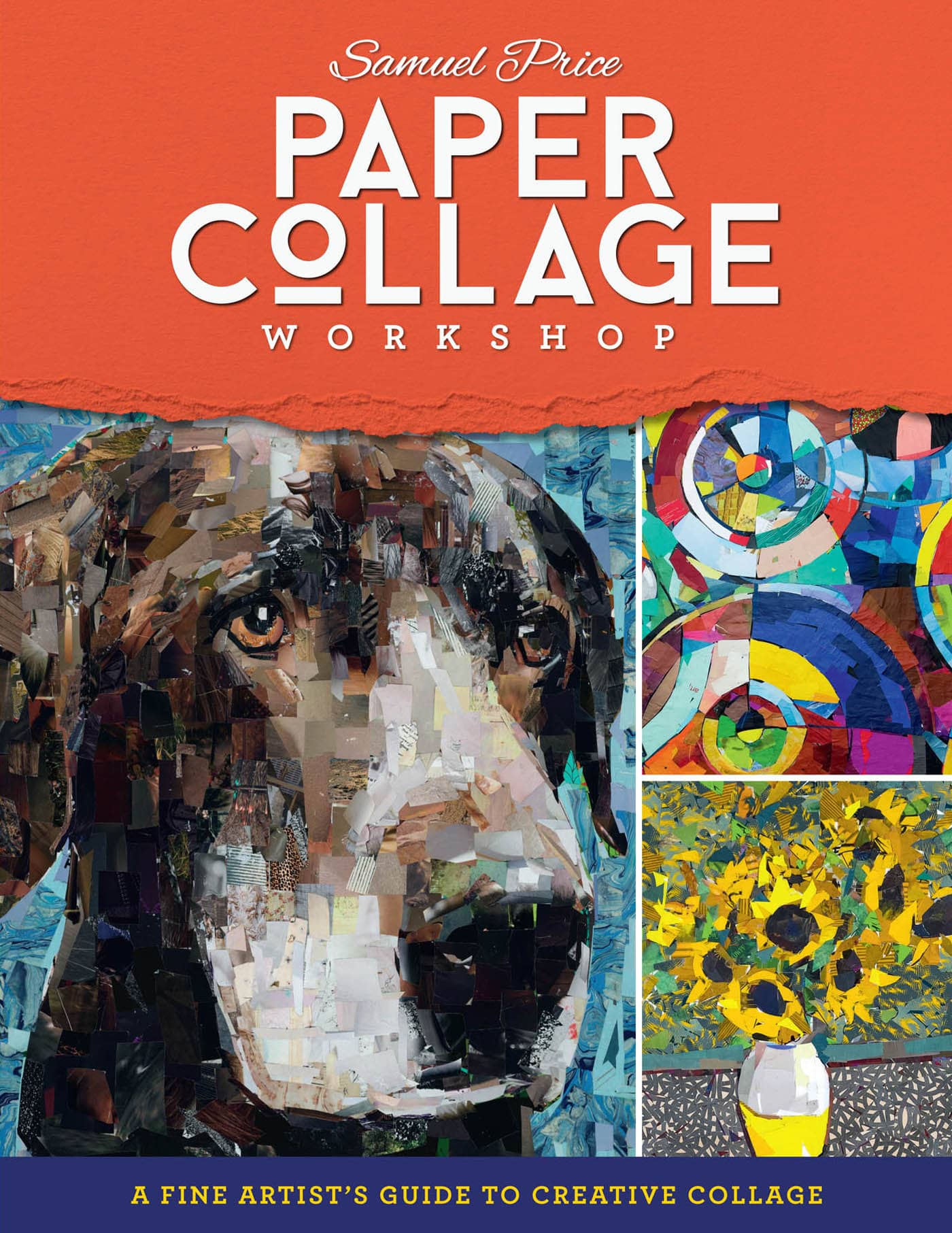Contents
Page List
Guide
Cover
PAPER
COLLAGE
WORKSHOP
Samuel Price
TABLE OF CONTENTS
INTRODUCTION
WHO AM I?
My name is Samuel Price, and I am a professional collage artist and educator from San Francisco. I am best known for creating large, intricate, collage pet portraits made by hand with hundreds of tiny magazine squares on canvas.
For more than 20 years, I have been curating and developing my specialized collage technique by combining classical collage processes with my own specific analog grid method. This combination of techniques has helped me develop scale and precision in my portraits without the need for highly technical drawing or drafting skills. In the last several years, I have taught workshops all over the San Francisco Bay Area, and I show my work around the world at a wide range of shows and public art exhibitions.
Paper Collage Workshop is a comprehensive system of skill-based techniques and exercises taught in plain language that allows readers to follow along with ease. The captivating photographs and colorful artwork in the book are paired with clear, useful instructions that will help build confidence and gradually guide artists toward creating their own original mixed-media compositions.
This book offers art enthusiasts the ability to use their own animals and environments as inspiration for the artwork they can create. I will guide readers through the creative process, offering tips and strategies that have worked for me over the years. I also offer inspiring quotes and helpful educational resources.
This book is broken into lessons that are designed to develop your collage skills, challenge your creative resistance points, and fast-track your ability to get started right away using simple and inexpensive household materials.
HOW TO USE THIS BOOK
There are two specific ways that I recommend using this book, depending upon your prior experience making art.
If you are a relatively new artist or just want to experience each lesson in full, I recommend starting from the beginning of the book, reading each section thoroughly, and working your way through each chapter from start to finish.
Ive built this book specifically to help you succeed by building your creative skills through short circuit-training sessions and giving you a well-rounded understanding of the fundamental techniques. Completing the book in this way will give you a solid range of artistic skills to help you grow as an artist, no matter where your starting point may be.
The early lessons in the book are geared toward getting you used to the medium of collage and allowing you to explore new hands-on ideas that are not too technically challenging or time consuming. As we move along into other projects, I will introduce you to a simple yet powerful grid technique that I use to help map out my collage portraits with mathematical precision.
If you feel confident enough to jump ahead or bounce around throughout the projects in the book or are familiar with other mediums like painting, quilting, or knitting, you may feel comfortable with the more technically involved areas of the book.
Please note that the projects toward the back of the book become more difficult because they take more time and are larger-scale projects. My aim is for you to succeed with each lesson, so choose your project with care if you plan to jump ahead.
The first section of the book is aimed to help you better understand basic concepts of collage and its intricate challenges. I encourage you to read this section thoroughly and use the tools I have provided to help you navigate if you get lost or need to take a step back for whatever reason.
No matter where you decide to start, I offer you a basic idea of the final goal for each lesson, some ways to get started quickly with the necessary tools, and key takeaways for you to consider before moving on to the next project.
These collage projects are meant to give you a range of applicable skills to be experimented with, analyzed, and put into action as best as you can. There are so many ways to enjoy these fun lessons and new ways to apply collage to other creative areas of your practice if you so choose.
I hope this book sparks a lifetime of learning and creative joy in you.
Sam
TOOLS & MATERIALS
CUTTING TOOLS
The most important thing is choosing the right cutting tool for the job. Using improper toolslike cutting paper with scissors that are broken or dull or using scissors that are too big for your handcan lead to mistakes and/or physical fatigue over time. This may seem relatively unimportant in the short-term, but it can lead to poor creative results if unchecked.
If you are working on a small technical area of your picture that requires tiny cuts in the paper, use small scissors or a craft knife to make the fine detailing look sharp. When doing bulk cutting or working with thicker paper, use heavier scissors.
SAFETY CAUTION
Always know where your sharp tools are located on the work station. It can be dangerous to lose sight of an open blade, so be careful. Have a routine spot where you always place the blade so you can see it and find it easily.
REFERENCE IMAGES
Tools for creating reference photos include smartphone grid apps, photo-editing software, and online printing services. Poster prints are a great way to print large-scale reference photos. Be sure to size your image correctly before you order your print. The ratio of your image needs to match the size of your canvas.
Many of the projects in this book use your own reference photo imagery. This is important because you make your own custom composition and use the skills in this book to adapt to new environments or ideas for years to come. Go out into nature and take photographs to use as references for your collage artwork.
We will also look to the great artistic masters who have come before us and who can teach us important lessons that would otherwise take years or generations to learn on our own. We can emulate their points of view into our own personal creative imagery and composition goals.
Here are some tips for taking reference photos. (I also talk about this within each lesson.)
- The higher quality the image, the better the final results tend to be. Make photo-editing choices to enhance the image. Before you begin, study the photo and try to imagine how the image will translate into the final composition.



